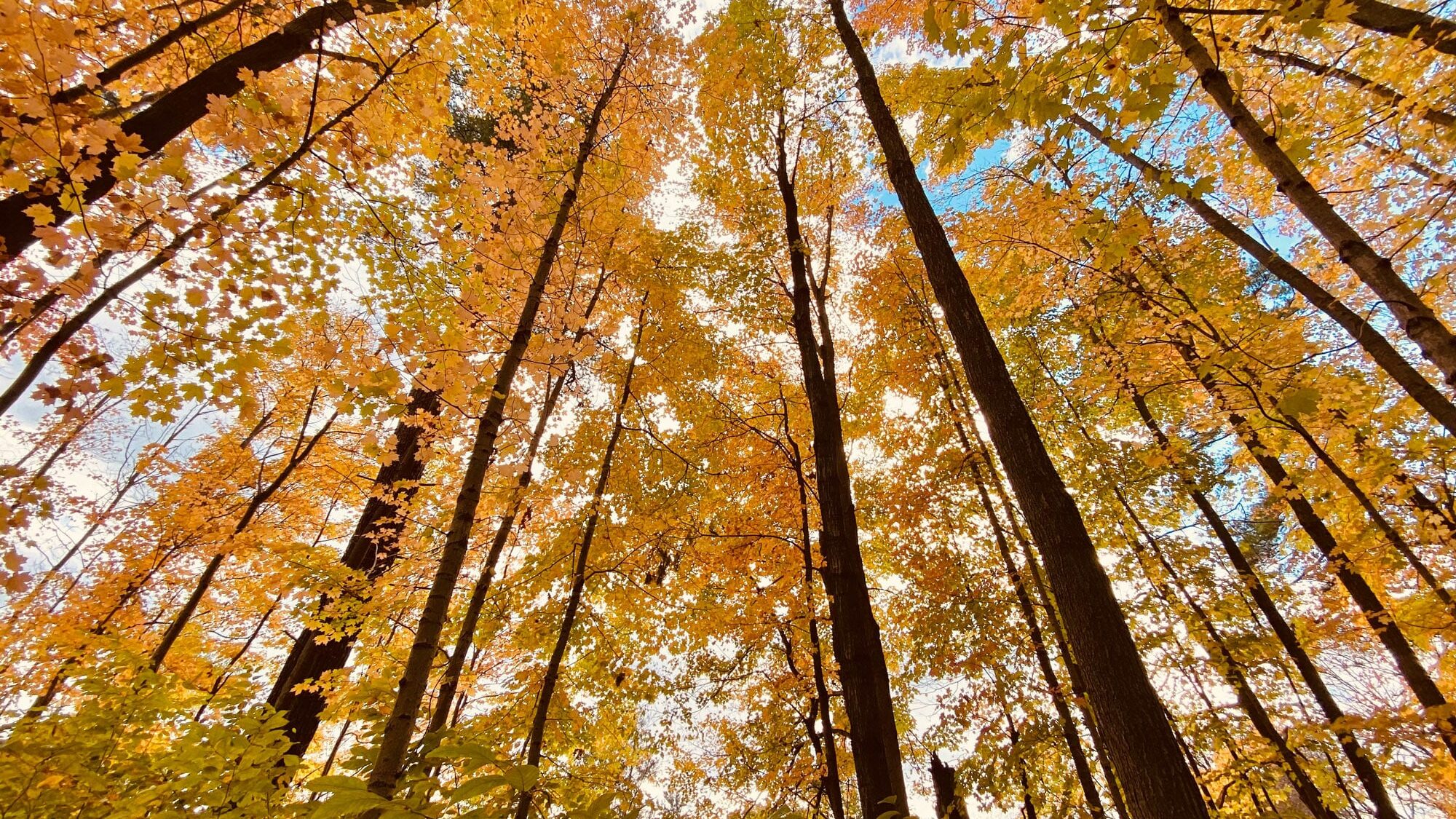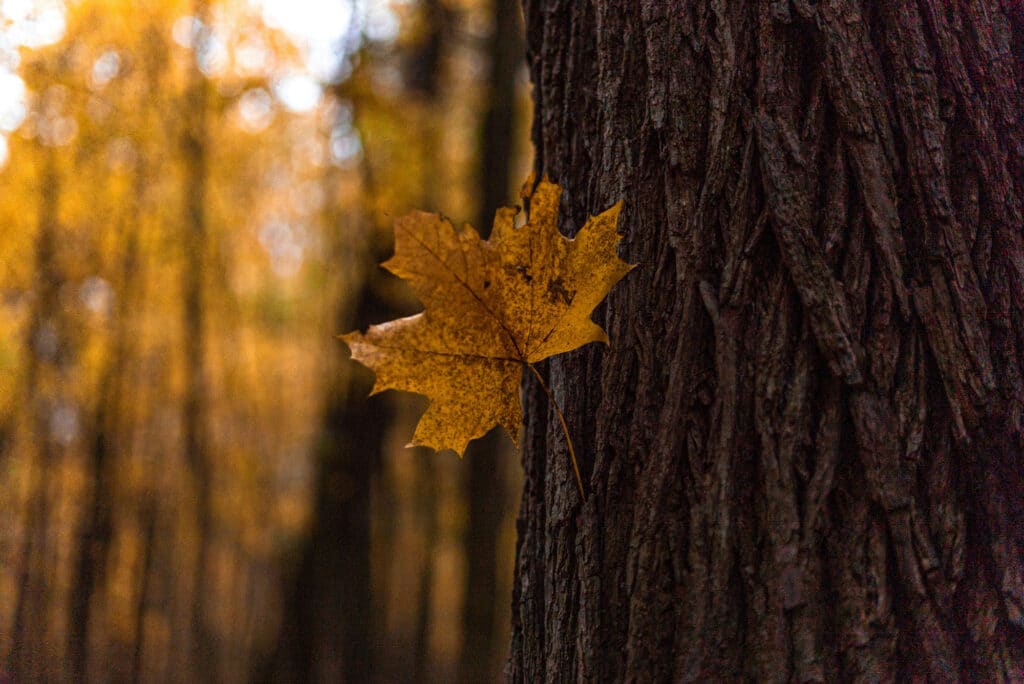Harvesting timber in the winter offers several advantages for your property. The cooler months bring less soil compaction, easier transportation, reduced sap content, a thinner canopy, minimized wildlife disturbance, and more. That’s why fall is the perfect time to ensure your woodlot is ready for a winter harvest.
How can you prepare your woodlot for timber harvesting? Here are four key recommendations to get you started:
Four Ways to Prepare Your Woodlot for Harvest
1. Determine What Types of Trees You Have in Your Woodlot
Assess the species and conditions of the trees in your woodlot. Deciduous trees like oak, maple, hickory, and beech are often best harvested in late fall or winter when sap levels are lower and leaves have fallen. This timing facilitates easier harvesting and milling into high-quality lumber.
Learn how to identify the hardwoods in your woodlot.
2. Create a Harvest Plan
Develop a comprehensive harvest plan, ideally with the assistance of a professional forester. Your plan should include:
- Woodlot Evaluation: Decide which trees to cut based on species, age, and size. Need help? Contact our experienced timber procurement team for a comprehensive timber assessment in Michigan’s lower peninsula, Northern Indiana, or Northern Ohio.
- Harvest Method: Choose the appropriate method for your property. At Buskirk Lumber, we utilize selective harvesting, a sustainable method where only certain trees are harvested, based on size, species, and condition. Learn more.
- Harvest Boundaries: Lay out clear boundaries to ensure the correct area is harvested.
- Skid Trails and Landings: Designate specific locations and pathways for heavy equipment to pass through to minimize soil disturbance and facilitate efficient timber removal.
- Post-Harvest Concerns: Include measures for erosion control, reseeding, slash treatment, and preparation for regeneration.
Working with a professional forester or harvest manager can provide valuable industry knowledge and expertise in health, safety, and environmental concerns, potentially leading to a higher return on your timber.
At Buskirk Lumber, we come to your woodlot and listen to your goals, then explain our process. We develop a harvest plan that’s best for you, whether you wish to harvest again in the future, make improvements for hunting, or open your canopy for tree and undergrowth regeneration. We let you know how many trees we are interested in and the price we can pay. We pay top dollar for high-quality timber.
3. Obtain Permits
Before harvesting any timber, ensure you have obtained all necessary permits and consent. In Michigan, this may involve notifying local authorities or following local regulations. Certain areas have restrictions on harvesting for environmental reasons, which can limit the amount of timber that can be harvested and sold to the sawmill.
For more information regarding permitting, talk to our local timber experts.
4. Resolve Any Access Issues
Making sure your woodlot is easily accessible helps make operations run smoothly during the harvest. This might involve clearing roads, ensuring equipment can reach the site, and coordinating with neighbors if necessary. Proper access planning can prevent delays and minimize damage to your property.

Buskirk Lumber, Your Partners in Sustainable Forestry
Ready to harvest your timber this winter? We are cash buyers of standing timber in Michigan, harvesting hardwood timber such as cherry, walnut, oak, maple, and other valuable hardwood species.
As professional licensed and bonded timber buyers with over 100 years in the industry, Buskirk Lumber has what you need to maintain your woodlot in a way that is not only good for your forest’s growth, but profitable to you as a landowner. We seek to build lifelong relationships and partnerships to reach your goals. You can trust us to be professional, transparent, and treat your property as if it were our own.
From our sawmill and harvesting crew to our dedicated timber hauling trucking division in Freeport, MI, we provide comprehensive services throughout Michigan, Indiana, and Ohio. Contact us today for a timber appraisal and discover the value of your standing timber.

